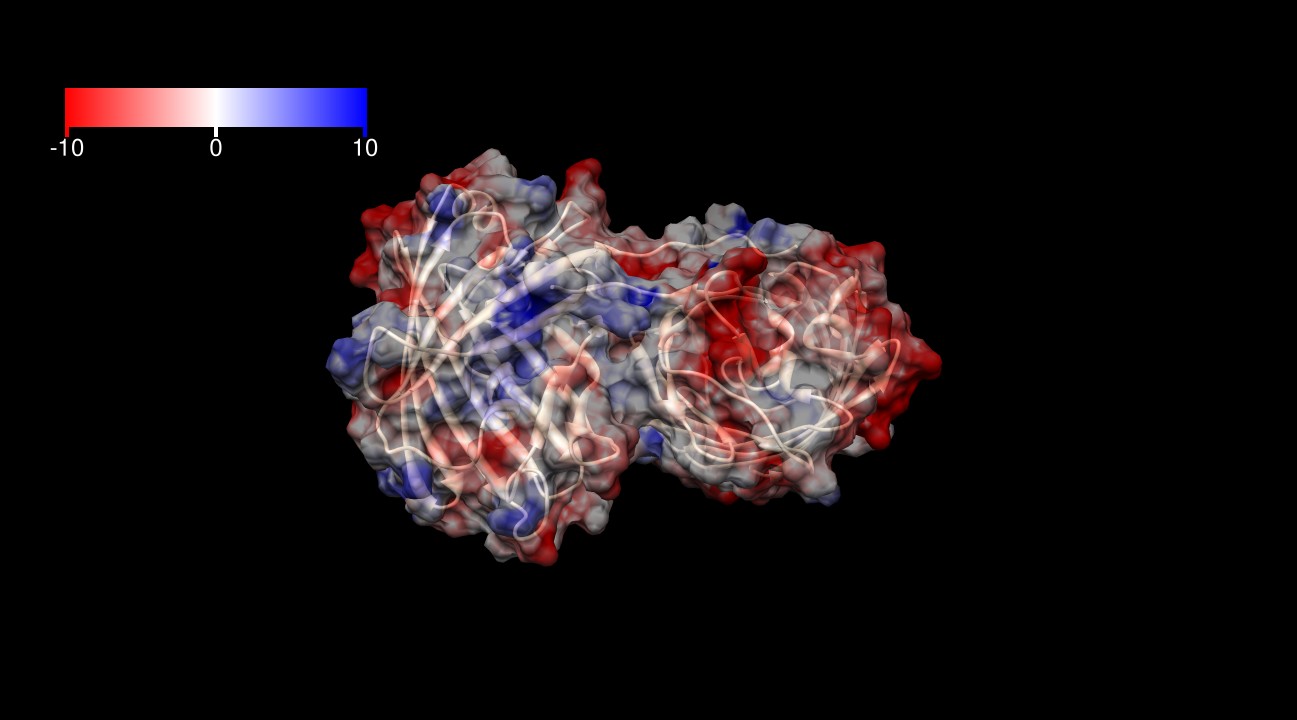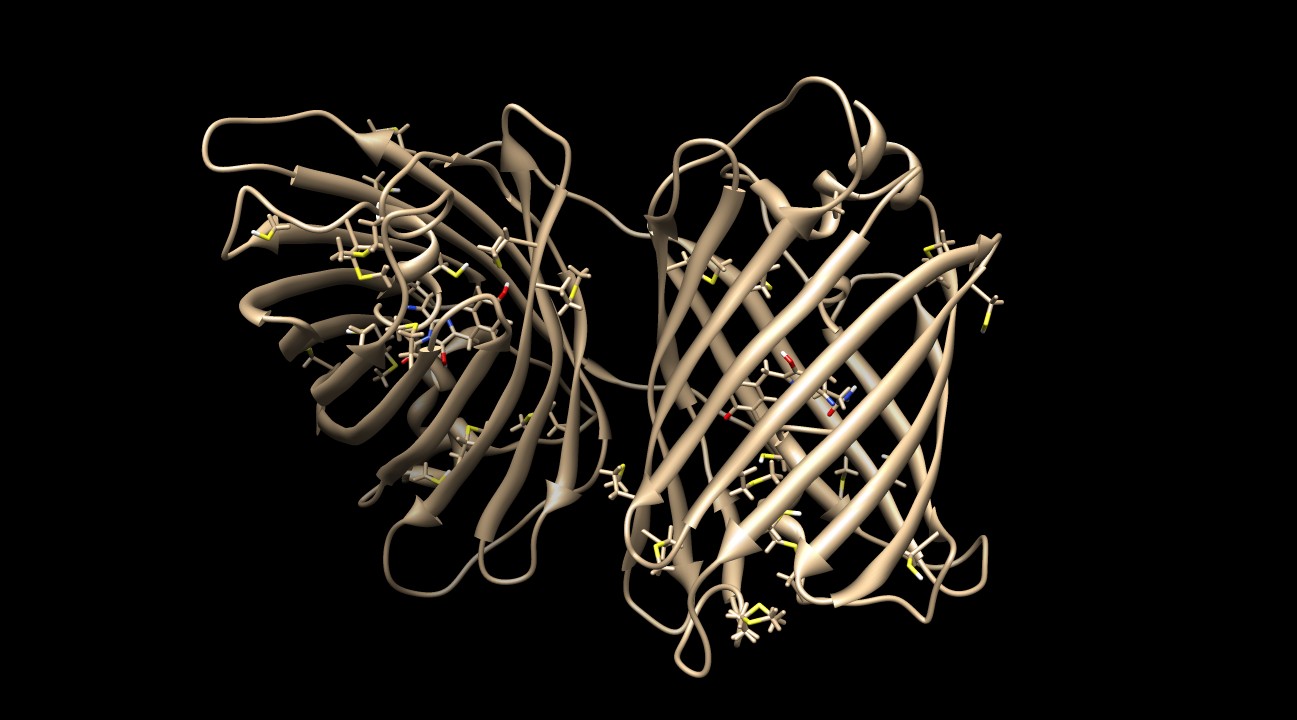
Figure 1: ß-barrel shape of a KillerRed monomer. PDB ID: 2WIQ
KillerRed is a red fluorescent protein that produces reactive oxygen species (ROS) in the presence of yellow-orange light (540-585 nm). KillerRed is engineered from anm2CP to be phototoxic. It has been shown that KillerRed produces superoxide radical anions by reacting with water. Superoxide reacts with the chromophore of KillerRed, causing it to become dark, which ultimately gives rise to a bleaching effect. KillerRed is spectrally similar to mRFP1 with a similar brightness. KillerRed is oligomeric and may form large aggregates in cells. Expression of KillerRed and irradiation with light may act a kill-switch for biosafety applications.
The structure of KillerRed has been analyzed and the structural basis for its toxicity has been explored. The relevant PDB IDs are 2WIQ and 2WIS for the fluorescent and dark states, respectively.
The surface of KillerRed is predominantly negatively charged. As shown in figures 2-5

Figure 2: Electrostatic surface at 1.4 Å of KillerRed dimer (from -10 kcal/(mol*e) in red to +10 kcal(mol*e) in blue). PDB ID: 2WIQ

Figure 3: Electrostatic surface at 1.4 Å of KillerRed dimer (from -10 kcal/(mol*e) in red to +10 kcal(mol*e) in blue). PDB ID: 2WIQ

Figure 4: Electrostatic surface at 1.4 Å of KillerRed dimer (from -10 kcal/(mol*e) in red to +10 kcal(mol*e) in blue). PDB ID: 2WIQ

Figure 5: Electrostatic surface at 1.4 Å of KillerRed dimer (from -10 kcal/(mol*e) in red to +10 kcal(mol*e) in blue). PDB ID: 2WIQ

Figure 6: The interface between the homodimers consist primarily of hydrophobic interactions and two hydrogen-bonding histidine residues. The histidines and their hydrogen bonds are shown. PDB ID: 2WIQ

Figure 7: The protein produces superoxide anion radicals, which can react with proteins and lipids to deactivate them. KillerRed contains many sulfurous residues (methionines and cysteines) that can act as antioxidants. The large volume of the sulfur atom stabilizes the radical and prevents significant damage to the protein's backbone and side chains. PDB ID: 2WIQ

Figure 8: This is the water channel that produces the superoxide anion radical when exposed to light. The ribbon structure is shown for reference. PDB ID: 2WIQ

Figure 9: This is the water channel that produces the superoxide anion radical when exposed to light. The hydrogen bonds are shown as pseudobonds and surrounding residues are shown and labeled. PDB ID: 2WIQ

 "
"








